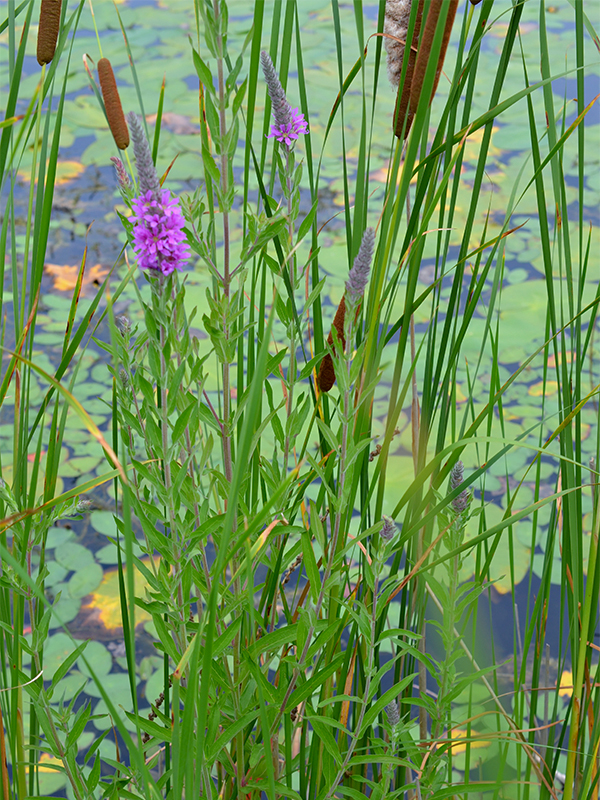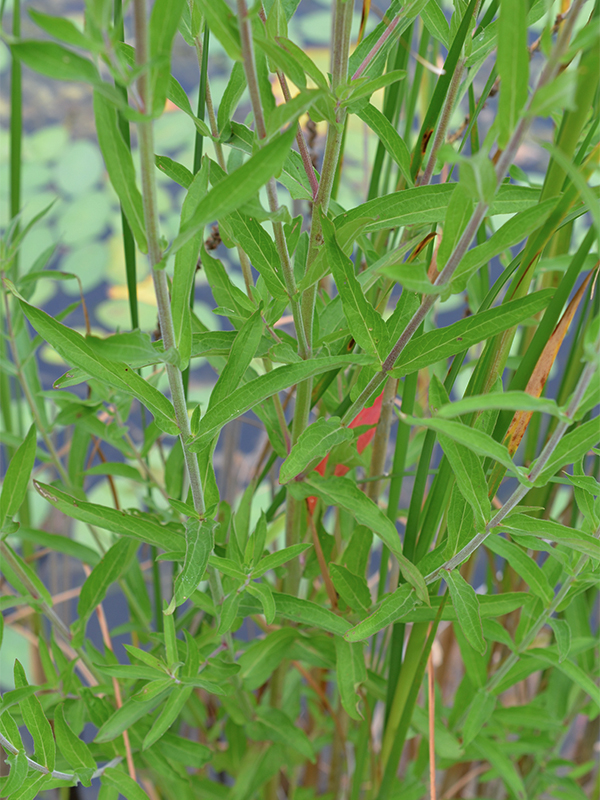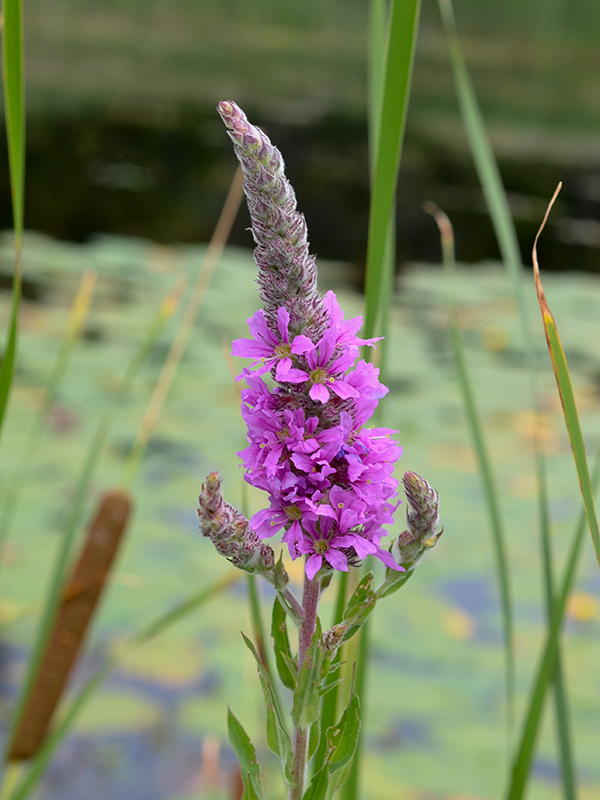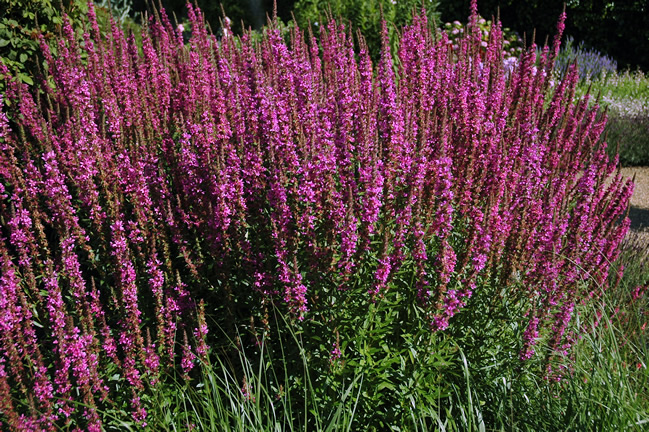
Perennials, Weeds > Lythrum > Lythrum salicaria > Lythrum salicaria
Lythrum salicaria
Purple Loosestrife
Origin: Europe and temperate Asia but considered an invasive species in North America.
| Family |
| Lythraceae |
| Genus |
| Lythrum |
| Species |
| salicaria |
| Category |
| Perennials, Weeds |
| USDA Hardiness Zone |
| 4 - 9 |
| Canadian Hardiness Zone |
| 3 |
| RHS Hardiness Zone |
| H3 - H7 |
| Temperature (°C) |
| -34.4 - (-3.9) |
| Temperature (°F) |
| -30 - 30 |
| Height |
| 0.6 - 1.2 m |
| Spread |
| 0.6 - 1.2 m |
Photographs
Description and Growing Information
Flowering Period
| General Description |
| An invasive wetland perennial. |
| Cultivation |
| Best grown in medium to wet soils in full sun to light shade. Flowering spikes should be deadheaded immediately after bloom to prevent self-seeding. Plants may be sheared to the ground after flowering or if foliage becomes tattered from insect damage. If sheared in mid-summer, new foliage generally will appear in 2 weeks with a possible autumn rebloom. Plants are most invasive in wet soils. |
| Shape |
| Clumps. |
| Growth |
| Fast |
| ID Characteristic |
| Brightly coloured flowers. |
| Habitat |
| Wetlands, including lake, pond, stream and swamp margins. |
| Leaf Description |
| Downy, stemless, stiletto-shaped leaves grow up to 10 cm and are opposite or sometimes in whorls of three. |
| Flower Description |
| Flowers appear in dense terminal spikes up to 45 cm long. |
| Colour Description |
| Foliage is green. Flowers are bright magenta to purple. |
| Notable Specimens |
| Port Franks, Ontario, Canada. |
| Propagation |
| Self seeding and through division of rhizomes. |
| Ethnobotanical Uses (Disclaimer) |
| Listed as an exotic invasive species the World Conservation Union’s list of 100 Worst Invasive Species. In some areas it is illegal to plant. |



